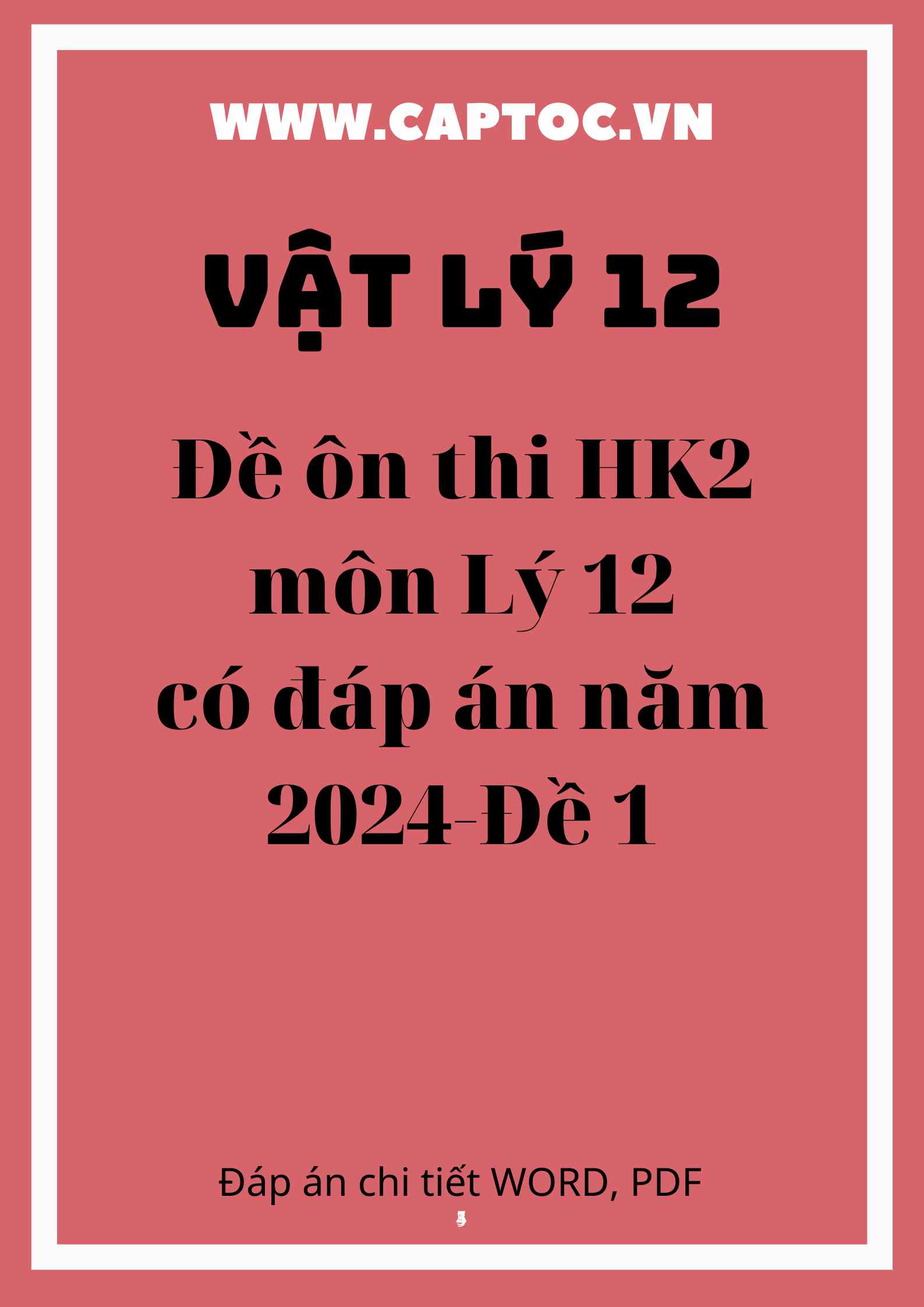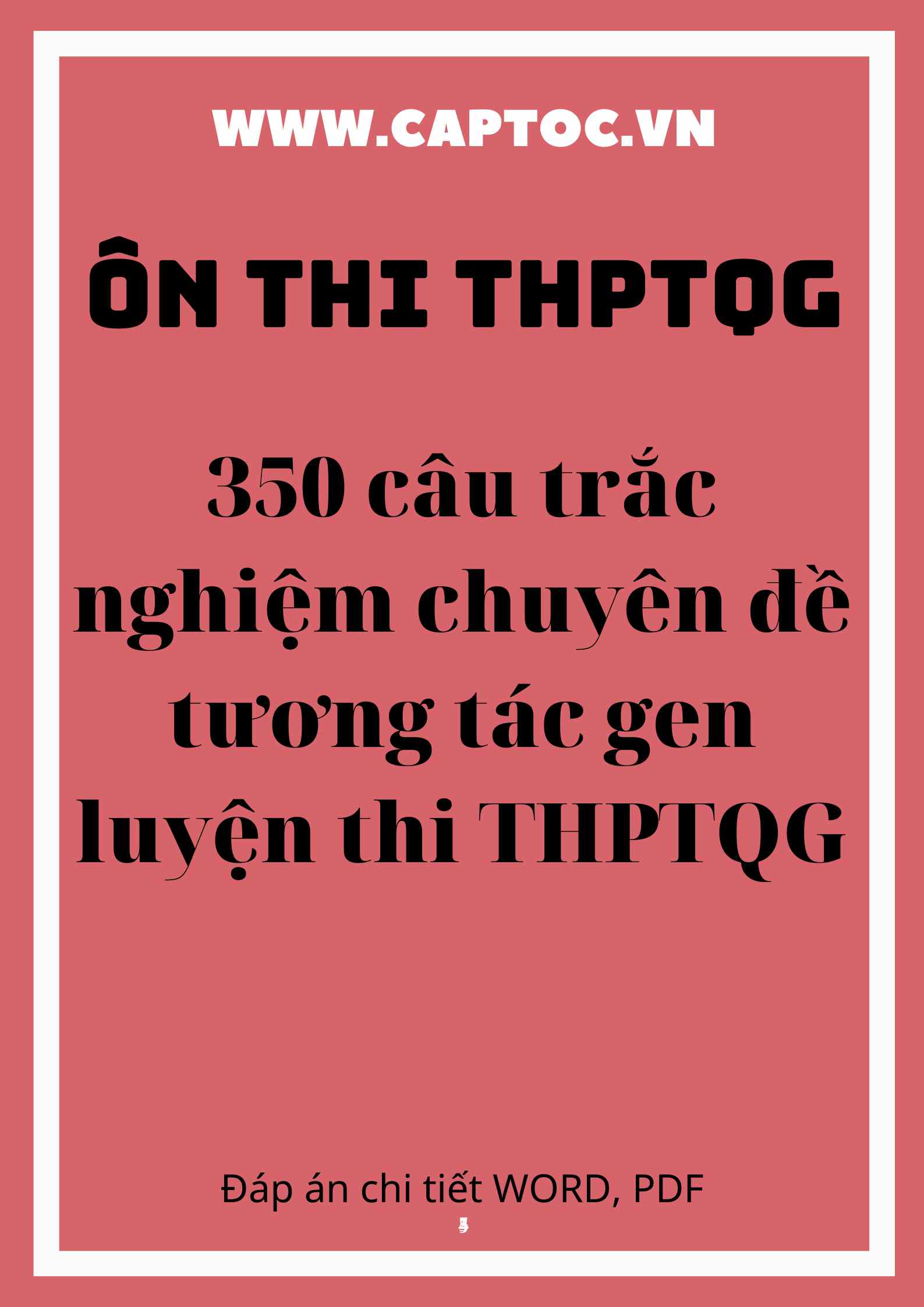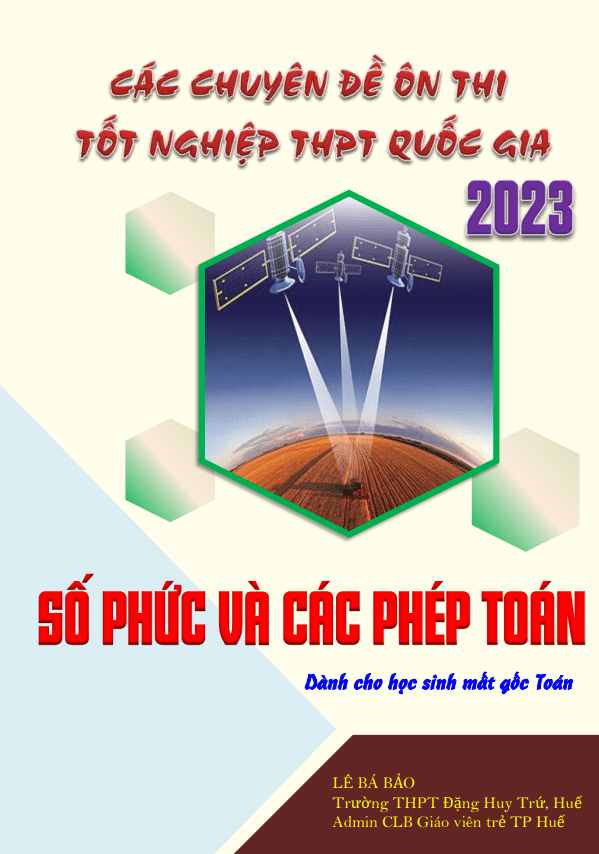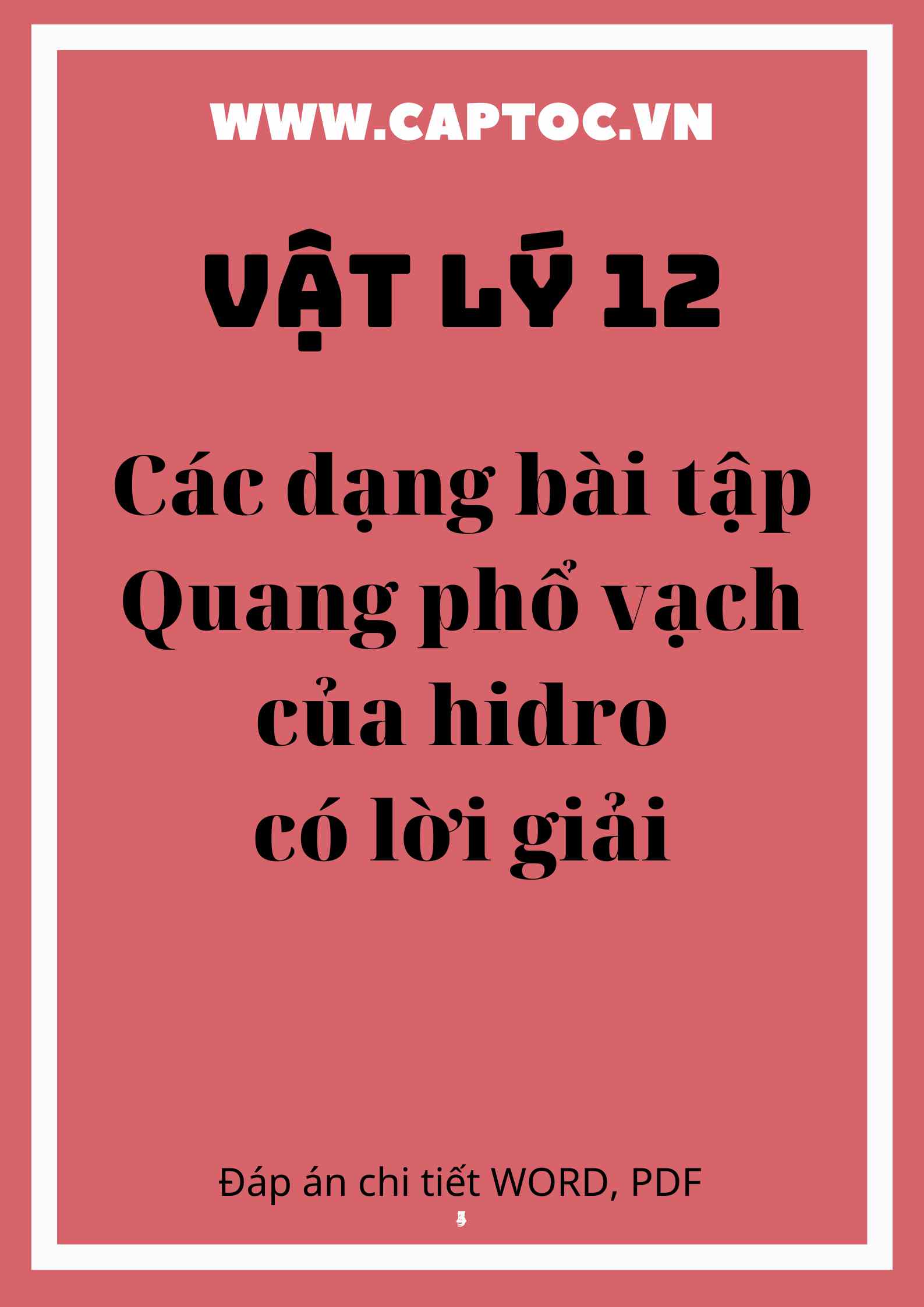Đề thi HK2 môn Tiếng Anh 12 năm học 2023-2024 có đáp án - Đề 1
371 View
Mã ID: 4973
Đề thi HK2 môn Tiếng Anh 12 năm học 2023-2024 có đáp án - Đề 1. Captoc.vn giới thiệu quý thầy cô và các bạn Đề thi HK2 môn Tiếng Anh 12 lớp năm học 2023-2024 có đáp án - Đề 1. Tài liệu gồm 04 trang, gồm 40 câu hỏi trắc nghiệm có đáp án, thời gian làm bài 45 phút (không kể thời gian phát đề).
Mua sách tại những trang thương mại điện tử uy tín
Đề thi HK2 môn Tiếng Anh 12 năm học 2023-2024 có đáp án - Đề 1. Captoc.vn giới thiệu quý thầy cô và các bạn Đề thi HK2 môn Tiếng Anh 12 lớp năm học 2023-2024 có đáp án - Đề 1. Tài liệu gồm 04 trang, gồm 40 câu hỏi trắc nghiệm có đáp án, thời gian làm bài 45 phút (không kể thời gian phát đề).
Pollution is a threat to many species on Earth, but sometimes it can cause species to thrive. Such is the case with Pfiesteria piscicida. A one-celled creature called a dinoflagellate, Pfiesteria inhabits warm coastal areas and river mouths, especially along the eastern United States. Although scientists have found evidence of Pfiesteria in 3,000-year-old sea floor sediments and dinoflagellates are thought to be one of the oldest life forms on earth, few people took notice of Pfiesteria.
Lately, however, blooms – or huge, dense populations – of Pfiesteria are appearing in coastal waters, and in such large concentrations the dinoflagellates become ruthless killers. The blooms emit powerful toxins that weaken and entrap fish that swim into the area. The toxins eventually cause the fish to develop large bleeding sores through which the tiny creatures attack, feasting on blood and flesh. Often the damage is astounding. During a 1991 fish kill, which was blamed on Pfiesteria on North Carolina’s Neuse River, nearly one billion fish died and bulldozers had to be brought in to clear the remains from the river. Of course, such events can have a devastating effect on commercially important fish, but that is just one way that Pfiesteria causes problems. The toxins it emits affect human skin in much the same way as they affect fish skin. Additionally, fisherman and others who have spent time near Pfiesteria blooms report that the toxins seem to get into the air, where once inhaled they affect the nervous system, causing severe headaches, blurred vision, nausea, breathing difficulty, short-term memory loss and even cognitive impairment.
For a while, it seemed that deadly Pfiesteria blooms were a threat only to North Carolina waters, butthe problem seems to be spreading. More and more, conditions along the east coast seem to be favorable for Pfiesteria. Researchers suspect that pollutants such as animal waste from livestock operations, fertilizers washed from farmlands and waste water from mining operations have probably all combined to promote the growth of Pfiesteria in coastal waters.
Question 1: What is true of Pfiesteria?
A. It seems to flourish in the presence of certain pollutants.
B. It has been a menace to fish and humans for over 3000 years.
C. It is the oldest life form on earth.
D. In large concentrations, it poses a threat to fish but not to humans.
Question 2: What is the main function of the toxins emitted by the dinoflagellates?
A. They are quick-acting poisons that kill fish within minutes.
B. They weaken the fish just long enough for the tiny creatures to attack.
C. They damage the nervous system of potential predators.
D. They cause fish to develop wounds on which creatures feed.
Question 3: All of the following are true, according to the passage, EXCEPT _____.
A. Pfiesteriacaused the death of about one billion fish in the late 1990s
B. animal and chemical waste from farmlands, livestock and mining operations may contribute to theexpansion of Pfiesteria
C. Pfiesteriawas not commonly noticed despite scientific findings
D. the toxic subtances emitted byPfiesteriahave a similar effect on human and fish skins
Question 4: The word “astounding” in the passage is closest in meaning to _______.
A. continual B. incredible C. spectacular D. apprehensive
Question 5: According to the paragraph 2, what will NOT happen if one breathes the toxic air?
A. nausea B. visual impairments
C. circulatory difficulty D. terrible headaches
Đừng Đọc!!!
Quý thầy, cô và bạn đọc có thể chia sẻ tài liệu trên CAPTOC.vn bằng cách gửi về:
Email: hotro@captoc.vn
Bình luận
Tài liệu liên quan
Tài liệu được xem nhiều nhất

Bài giảng đạo hàm Toán 11 Cánh Diều
577 View




























